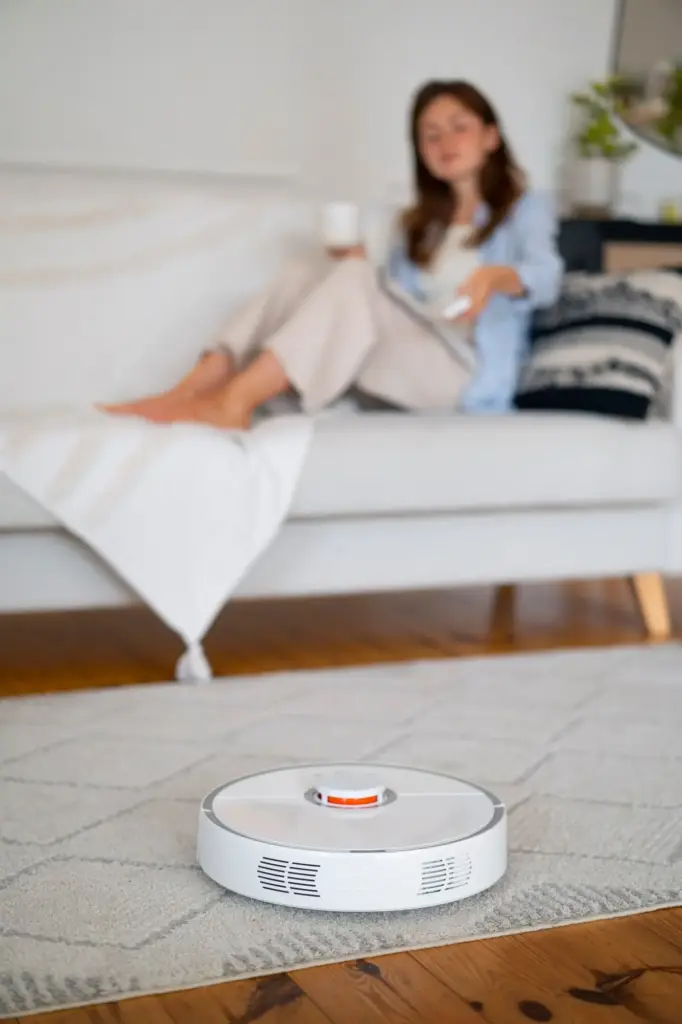Make Your Home Breathe Smarter


Understanding Your Energy Baseline
Sensors, Data, and the Heartbeat of Comfort




HVAC Optimization Tactics That Actually Work
Smarter Schedules without Sacrifices
Design schedules around real occupancy, not wishful thinking. Anchor mornings and evenings, then soften midday by expanding the deadband slightly. Allow gentle setbacks that your building can recover from without sprinting. Align laundry, dishwashing, and cooking with climate‑friendly hours to reduce simultaneous peaks. The result is a day that feels naturally comfortable, with fewer abrupt blasts and friendlier utility costs across seasons.
Zoning and Room-by-Room Fairness
Zoning shines when ductwork and load balance cooperate. Before adding dampers, measure airflow, static pressure, and temperature deltas across rooms. Sometimes a simple register adjustment, door‑under cut, or return path unlocks fairness without major changes. Where zoning fits, coordinate calls to avoid rapid short cycles. Balanced rooms mean fewer arguments, better sleep, and less overwork for equipment that used to fight impossible gradients.
Tuning Setpoints, Deadbands, and Runtimes
Tiny nudges compound. Widening the deadband by half a degree can cut short cycling dramatically. Matching fan speed to coil temperature preserves dehumidification without overcooling. Aim for longer, steadier cycles that squeeze more value from every minute. Track comfort feedback weekly, then iterate. When adjustments are tested methodically, you’ll recognize the quiet sweet spot where energy drops and rooms feel effortlessly stable.